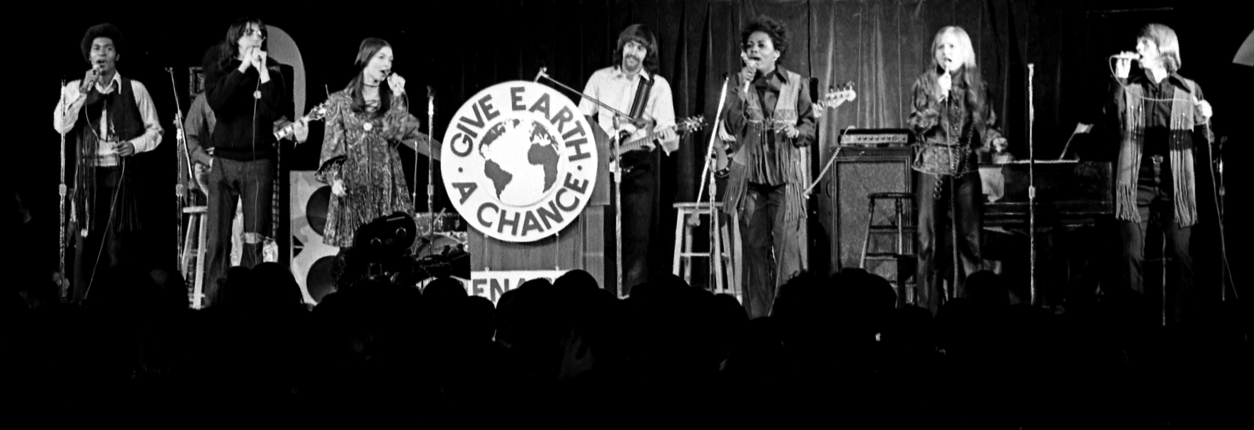From the first forestry class to creating a model for the first Earth Day and developing the first academic program in environmental justice, the U-M community has a long history of being pioneers in the field. The work of these passionate leaders has laid a bold foundation that is now inspiring the next generation.
Learn more about the history of Earth Day and sustainability at U-M by exploring the resources below:
U-M Heritage: Earth Day Eve Fifty years ago, U-M students prepared the way for the first Earth Day teach-in. Here's how a casual talk over beer on Washington Street spurred the modern environmental movement.
Historical Milestones In recognition of the University of Michigan’s bicentennial in 2017, a historic timeline was created to look back and explore U-M’s longstanding commitment to raising awareness about the environment and addressing sustainability challenges over the years.
Give Earth [another] chance Almost exactly 50 years ago, a group of students coalesced behind an event that helped crystallize the public consensus that something had to be done. On March 11, 1970, a 50,000-strong cadre packed the newly christened Crisler Arena to kick off what has been called “The most famous little-known event in American history.”
Give Earth a Chance: Environmental Activism in Michigan “Give Earth a Chance: Environmental Activism in Michigan” is a public history exhibit created by a team of eight undergraduate students and one professor at the University of Michigan during the Fall 2017 semester in History 399: “Environmental Activism in Michigan.” The exhibits represent the latest installment in “Michigan in the World: Local and Global Stories,” a public history collaboration between the Department of History and the Eisenberg Institute for Historical Studies.
Earth Day Anniversary: Agents of change Even before the first Earth Day, the university was producing environmental leaders. Many have played vital parts in the biggest environmental transformations of the past 50 years. We asked three of them to share their stories.
Ann Arbor Chronicle: The Turbulent Origins of Ann Arbor’s First Earth Day The first national Earth Day was in April 1970. But a group of University of Michigan students set the tone with their “Teach-in” a month earlier, writes the Ann Arbor Chronicle’s Alan Glenn. “The students initially desired to keep the teach-in apolitical, sober, and focused on science. In the highly charged atmosphere of the time, such a goal would prove impossible. [But the] eventual politicization of the teach-in would prove to be a significant factor in making it the watershed event it would ultimately become.”
Earth Day 1970 in Ann Arbor While the idea of a national teach-in day on the environment was Earth Day founder Gaylord Nelson’s, he was not the first to conceive of an environmental teach-in. Students at the U-M (where in 1965 the teach-in format had been pioneered) began in September 1969 sketching out just such an event. The parallel efforts would eventually reinforce each other. The Michigan coordinators paid close attention and drew inspiration from the activities being planned for Earth Day. Nelson saw them as a valuable asset in discussions about the architecture of his national teach-in.
VIDEO: Enact: Teach-In on the Environment
 Documentary produced in 1970 by U-M Media Resources Center.
Documentary produced in 1970 by U-M Media Resources Center.


